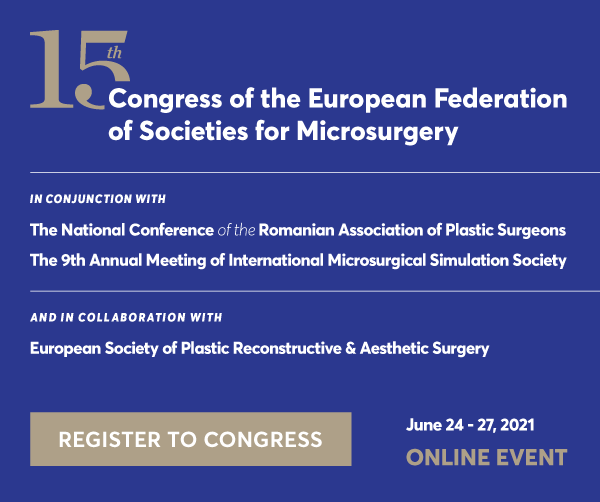About Cluj-Napoca

Cluj-Napoca commonly known as Cluj, is the second most populous city in Romania,after the national capital Bucharest, and the seat of Cluj County in the northwestern part of the country. The name Cluj comes from ”Castrum Clus”, first used in the 12-th century as the name of the citadel surrounding the city. ”Clus” means “closed” in Latin and refers to the hills that surround the city.
Today, the city is one of the most important academic, cultural, industrial and business centres in Romania.
A small selection of things to see in Cluj-Napoca:
Ethnographic Museum of Transylvania (Muzeul Etnografic al Transilvaniei)
Endowed with a collection of more than 65,000 ethnographic items, the museum offers an excellent introduction to Transylvanian folk art and traditions. Founded in 1922, it is one of the most important ethnographic museums in Romania. Its various sections, devoted to trades, lodging, food, pottery, textiles, national costumes and customs, include more than 50,000 photographs as well as open-air and international sections. Together, they paint an image of Transylvania’s folk culture.
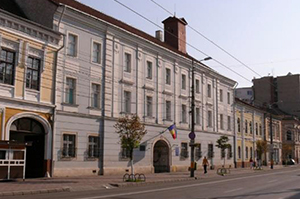
Banffy Palace (Palatul Banffy)
An imposing former residence of the Austro-Hungarian governors, Banffy Palace was designed by the German architect, Johann Eberhard Blaumann, for then-governor of the city, Banffy Gyorgy. Built between 1774 and 1775, it is considered the most representative example of baroque style in Transylvania. In 1951, the palace became the home of the Cluj National Art Museum.
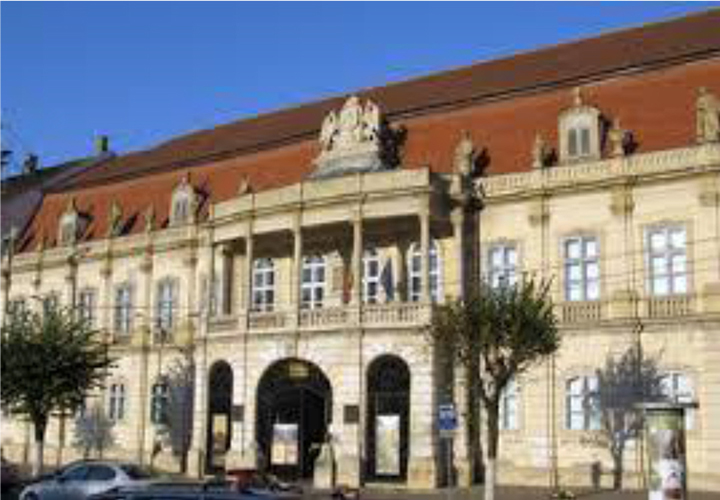
Cluj National Museum of Art (Muzeul National de Arta Cluj)
The 22 halls of the Banffy Palace display sculptures, graphics, weapons, furniture, carpets, and paintings by famous Romanian artists such as Nicolae Grigorescu (1838-1907), Theodor Aman (1831-1891) and Theodor Pallady (1871-1956).
St. Michael’s Church (Biserica Sfantul Mihail)
This church is one of the most beautiful gothic monuments in Transylvania. St. Michael’s Church was erected between 1350 and 1487 on the site of the former St. Jacob’s Chapel. The altar, built around 1390, is the oldest part of the church. The most recent section is the tower, erected in neo-gothic style in 1860. The star-shaped vault, the stained-glass windows and the sculptures impress with their beauty and grandeur. Repeated restorations revealed early 15th century murals. The latest restoration took place between 1957 and 1960.
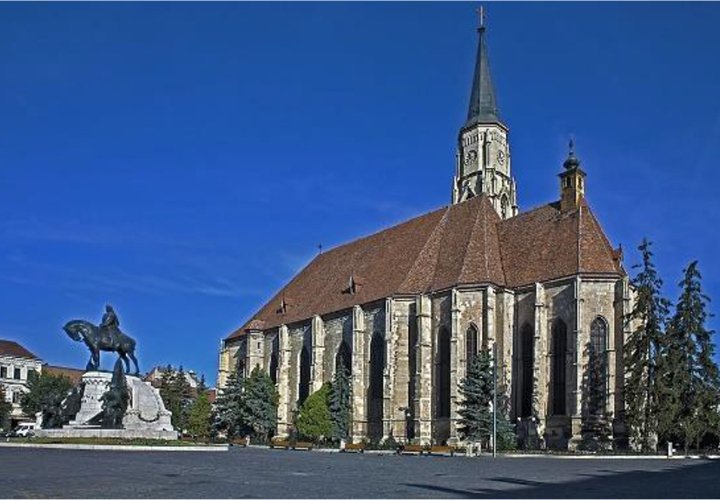
Alexandru Borza Botanical Garden (Gradina Botanica Alexadru Borza)
Cluj-Napoca Botanical Garden, one of the largest in southeastern Europe, is home to some 10,000 plant species. Here you can find a museum, several greenhouses with desert and tropical plants, including huge Amazonian water lilies, a Japanese garden with a brook and a Japanese-style house, and the Roman Garden with archeological relics from the Roman colony of Napoca.

Fortress Hill (Dealul Cetatuia)
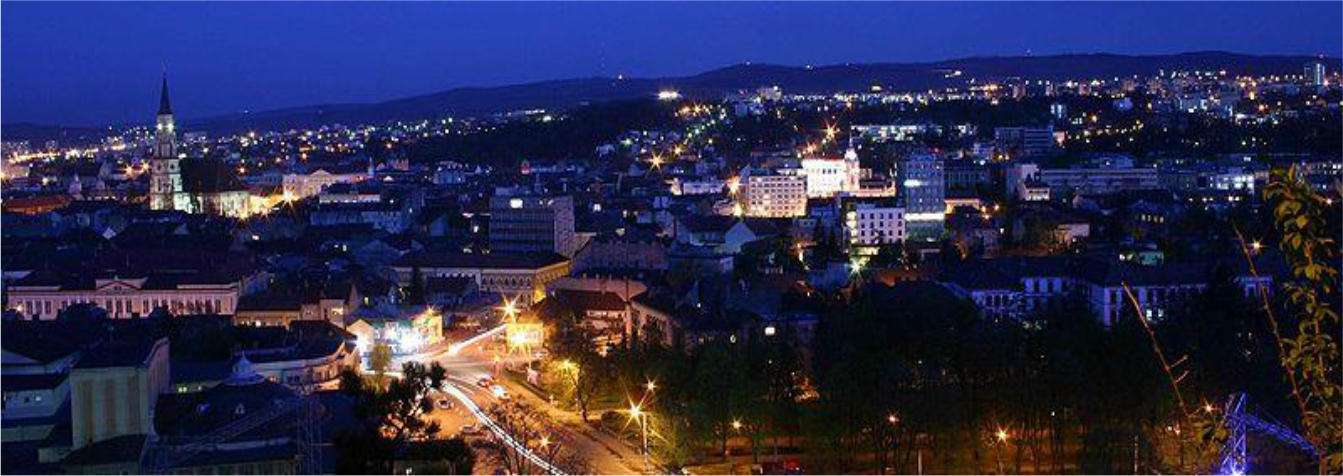
For the best views of the city and the surrounding landscape, climb some 200 feet up Fortress Hill. The name refers to an Austrian fortress built here in the 18-th century to ensure control, rather than defense, of the city.
You can find more information about Cluj-Napoca on the website of the Romania Official Travel and Tourism Information Center.

